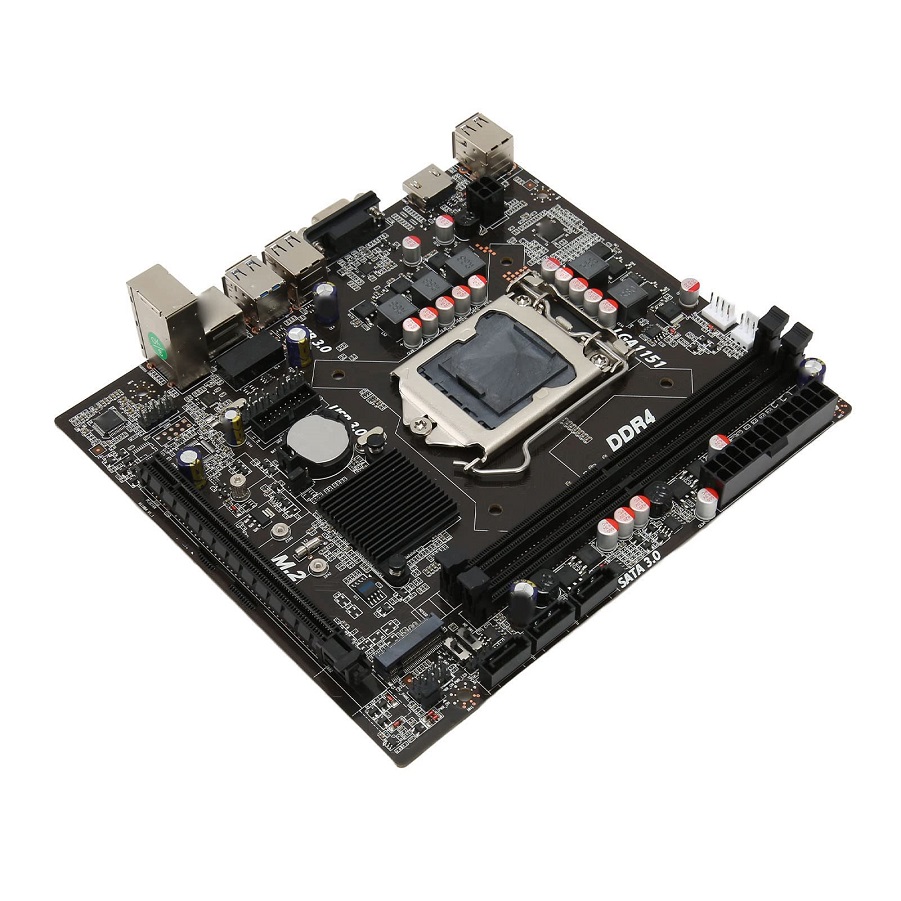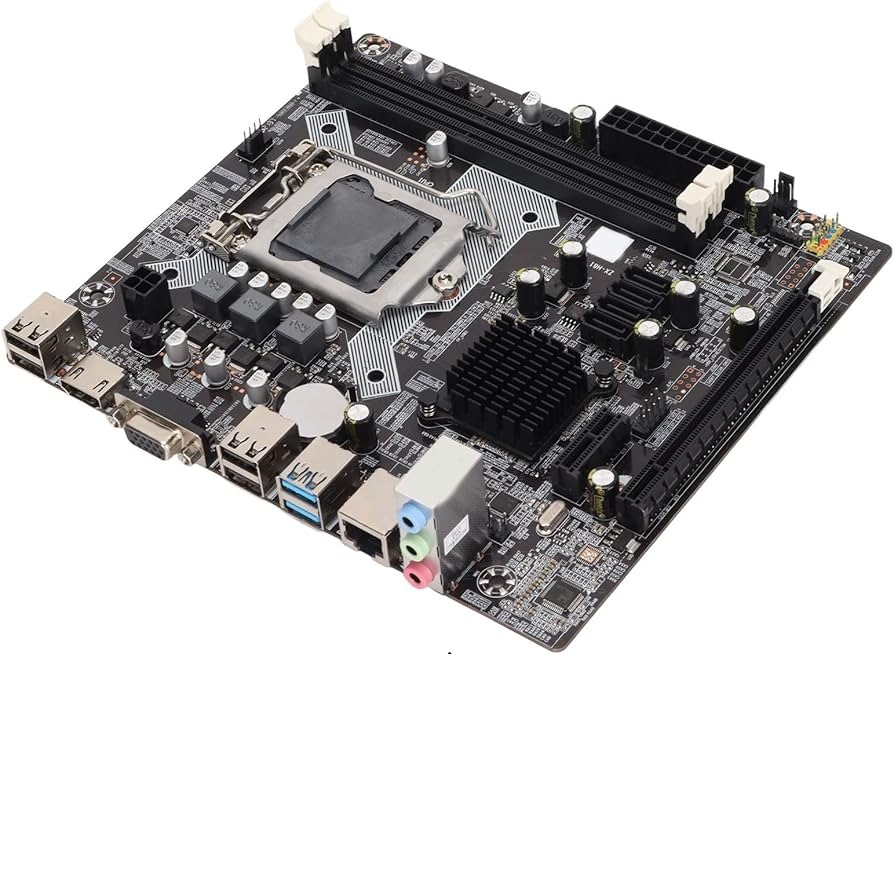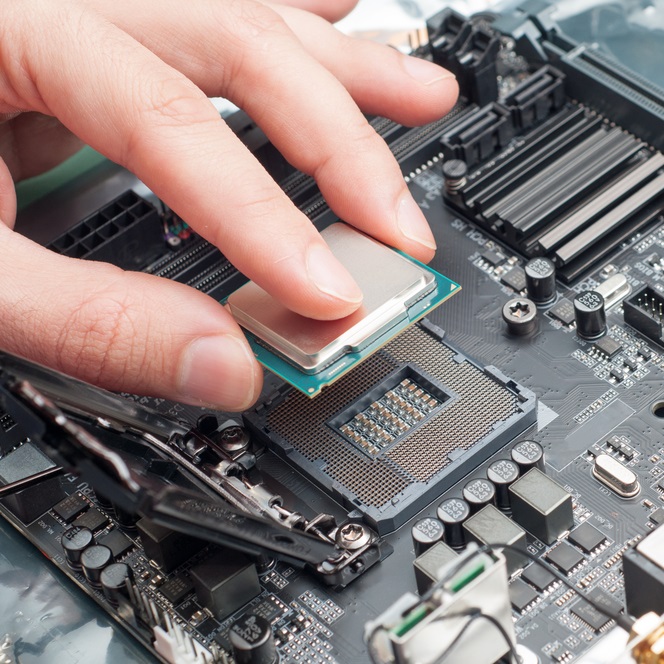What is a Socket Computer?
A socket computer refers to a type of computer architecture that utilizes socketed slots for supporting various components such as processors, memory, and other hardware. This concept revolutionized the way we think about computer parts and upgrades. Essentially, a socket is a physical interface that connects components like CPUs to the motherboard. This allows users to easily swap out parts without needing to replace the entire system. In this article, we will explore the intricacies of socket computers, their components, advantages, disadvantages, and more.

The Importance of Sockets in Computing
The introduction of sockets into computer design was a game-changer. Before sockets became standard, components were often soldered directly to the motherboard. This made upgrading or replacing parts a herculean task. With socketed components, users gained flexibility. They could upgrade their system when new technologies emerged, enhancing overall performance without starting from scratch.
Having a socket-based design allows for easier diagnostics and repairs as well. If a component fails, a user can quickly identify which part is faulty. They can then remove it and replace it without needing specialized tools or skills. This flexibility has made socket computers extremely popular in various computing environments, from individual home users to large-scale enterprise applications.
Types of Sockets in Computer Architecture
There are several types of sockets that serve various purposes in a computer system. They can be categorized based on the component they support. Let’s take a closer look at a few common types:
CPU Sockets
These sockets are designed to hold the CPU, which acts as the brain of the computer. Different generations of CPUs require specific socket types that match their pin configuration. Popular sockets include LGA (Land Grid Array), PGA (Pin Grid Array), and BGA (Ball Grid Array). When choosing a motherboard, it is essential to ensure compatibility with the desired CPU socket.
RAM Sockets
Random Access Memory (RAM) sockets enable users to install memory modules easily. These are usually designed for specific kinds of RAM, such as DDR, DDR2, DDR3, and DDR4. The choice of socket type affects not only performance but also the amount of memory a computer can support. Upgrading RAM is often one of the most immediate ways to improve a machine’s performance.
Expansion Sockets
These sockets allow users to add other components such as graphics cards, sound cards, and network cards. Expansion sockets can include PCI (Peripheral Component Interconnect), PCIe (PCI Express), and AGP (Accelerated Graphics Port). The versatility of expansion sockets makes them crucial for gamers and professionals who require additional processing power.
The Advantages of Socket Computers
Socket computers present numerous advantages over their predecessors. One of the most significant benefits is the ease of upgrading. This feature extends the lifetime of a computer system. By simply replacing components like the CPU or RAM, users can keep their machines relevant for years. Moreover, upgrading individual parts usually costs less than obtaining a new machine.
Another advantage is maintenance. If a specific component fails, a user can replace only that part rather than the entire machine. This not only saves money but also minimizes downtime. In a commercial environment, this is particularly important as time lost to repairs can equate to lost revenue.
Socket computers also allow for customization. Users can build a system that meets their specific needs. Whether for gaming, graphic design, or simple word processing, a socket computer can be tailored to fit. Such customization is especially appealing for tech enthusiasts and professionals.
Limitations of Socket Computers
Despite their advantages, socket computers have some drawbacks. One limitation is the potential for incompatibility between components. Not all CPU sockets can accept every CPU type. This can lead to frustration if a user purchases a new component without ensuring compatibility.
Another limitation can be cost. While it is often cheaper to upgrade individual parts, initial assembly can be more expensive than buying a pre-built system. Users must also have a degree of knowledge regarding hardware in order to select compatible parts.
Finally, space can become an issue. Socket computers often require more room due to additional components. This may be less of a problem for those with large desks or dedicated workspaces but can be a hassle in compact living conditions.
Components of a Socket Computer
The Motherboard
The motherboard is the heart of the socket computer. It houses all the socket interfaces and connects various components. A high-quality motherboard ensures stability and performance. Different motherboards offer different features, such as the number of RAM slots, the type of CPU socket, and built-in connectivity options.
Choosing the right motherboard is crucial. It determines how many components can be connected, how powerful the system can be, and even affects overall system speed. A motherboard with advanced features will better cater to a high-demand environment like gaming or professional design work.
The Central Processing Unit (CPU)
The CPU, often termed the “brain” of the computer, plays a pivotal role in how well the system performs. The type of CPU you select will directly affect your computer’s speed and efficiency. When choosing a CPU, look for details such as the number of cores, clock speed, and power consumption.
The CPU also works closely with the motherboard. It fits into the CPU socket on the motherboard. Their compatibility is essential for the overall functionality of the system. Different CPUs offer different levels of power, so consider your specific needs when making a choice.
Random Access Memory (RAM)
RAM is another vital component in any socket computer. It temporarily stores data, allowing for quick access by the CPU. The more RAM a system has, the more tasks it can handle simultaneously without slowing down. RAM sockets on the motherboard allow for easy installation and upgrades.
When selecting RAM, consider both capacity and speed. Higher capacity allows for better multitasking, while faster speeds contribute to quicker data access. Ensuring that the RAM is compatible with the motherboard is also crucial. Dual-channel and quad-channel configurations can further improve speed, making RAM selection a significant aspect of system performance.
Power Supply Unit (PSU)
The Power Supply Unit (PSU) converts the electrical power from a wall outlet into usable power for the computer. A good PSU is essential for stability. It should provide sufficient wattage to support all components without failing.
When selecting a PSU, look for factors such as wattage, efficiency ratings, and modularity. A modular PSU allows for easier cable management, leading to better airflow and easier upgrades. Quality brands often offer warranties, adding an extra layer of reliability to the component choice.
Storage Devices
Storage is where all data is saved. Traditional Hard Disk Drives (HDDs) and Solid State Drives (SSDs) are the two main types of storage devices. HDDs offer larger capacities at lower costs, while SSDs provide unmatched speed. The choice of storage affects the overall performance of the computer.
Many modern motherboards allow for multiple storage options. Utilizing a combination of SSD for speed and HDD for capacity is a common strategy among users. When selecting storage, consider both speed and capacity based on your usage needs.
Cooling Solutions
Overheating can affect the performance and longevity of a socket computer. This is where cooling solutions come into play. From air cooling with fans to liquid cooling systems, maintaining optimal temperatures is vital.
Different components generate various amounts of heat, particularly CPUs and GPUs. It’s essential to choose a cooling solution that matches your system’s needs. Quality cooling solutions can often be the difference between a stable system and one prone to crashes.
Putting It All Together: Building Your Socket Computer
Planning Your Build
Before you dive into building your socket computer, planning is key. Start by defining your needs. Are you building this computer for gaming, content creation, or simple office tasks? Knowing your primary use will guide you in selecting components.
Next, research components that fit your budget while meeting your performance needs. Websites and forums dedicated to build guides can offer insight and suggestions. Prioritize compatibility between parts, particularly between the CPU and motherboard, to ensure a smooth build process.
The Building Process
Once you’ve gathered all the components, it’s time to start building. Prepare a clean workspace with adequate lighting and tools like a screwdriver. Begin by installing the CPU into the motherboard socket, followed by RAM and any expansion cards.
Next, secure the motherboard into your case. Then, connect your PSU to the various components, ensuring all cables are neatly routed. Finally, install your storage devices, paying attention to connection interfaces.
Testing Your Build
After assembling all the components, it’s time to power on the system. Watch for any error messages on boot. If everything is working correctly, you’ll see an operating system loading screen. If issues arise, troubleshoot by checking connections and component compatibility.
Once your system is up and running, consider performing stress tests to ensure stability. This can help identify any overheating issues or components that may need further adjustment.
Regular Maintenance and Upgrades
After your socket computer is operational, regular maintenance is vital. At minimum, clean the interior of the case every few months to remove dust buildup. This ensures optimal airflow and cooling.
As technology advances, consider periodic upgrades. New CPUs, additional RAM, or more efficient cooling solutions can keep your system current without needing a complete replacement. Keeping an eye on compatibility will be essential during these upgrade cycles.
Conclusion: The Future of Socket Computers
In conclusion, socket computers offer a versatile and flexible solution for users ranging from casual to professional needs. Their ability to facilitate upgrades, maintain and customize systems makes them valuable assets in today’s fast-paced technology landscape.
As technology continues to evolve, socket computers are likely to adapt, allowing even greater levels of performance and customization. Understanding how to choose and maintain a socket computer is more important than ever. As we move forward in this digital age, systems that enable efficient upgrades and repairs will remain a priority for both personal use and enterprise solutions.
Selecting the right components, understanding their compatibility, and maintaining the system will ensure that your socket computer remains a powerful tool for years to come. Whether you are a novice looking to build your first computer or a seasoned pro, the opportunities socket computers present are endless.
Make informed decisions, keep upgrading, and embrace the possibilities that socket computer architecture has to offer. Your next computing adventure awaits!


